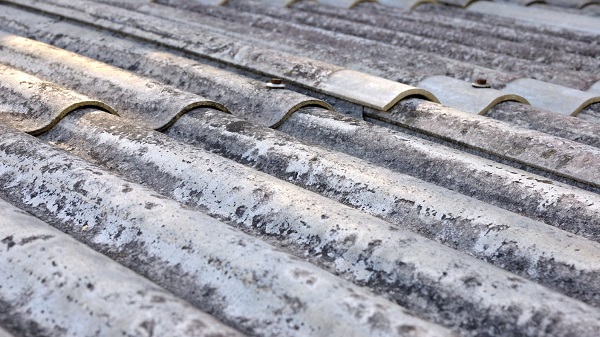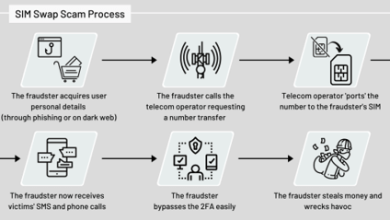Asbestos Removal: What You Need To Know

Asbestos is a mineral that occurs naturally in our world. Its greatest benefits are that it is heat resistant and, especially combined with other elements, is very strong. That is why it was used extensively in the construction industry. However, in the mid 20th Century it was also found to have devastating effects on health. Much of its use was banned. However, it is still a factor in many elements used in the construction of commercial businesses. For instance, it is included in vinyl flooring, wallboard, and roofing tar.
Asbestos is shaped like a long, thin needle. Because it is small, it is easily inhaled into the lungs. However, once there, it cannot be expelled. That means these needles are trapped in your lungs creating scar tissue as they attack the linings of those organs. This disease is called asbetosis. A similar disease but a form of cancer is mesothelioma, which we hear about frequently.
The interesting thing about asbestos is that you can have it as a component of the building materials in your facility. That does not necessarily mean exposure. As long as the fibers remain secure in the product, everyone is safe. However, if those building materials degrade or are disturbed, the fibers will release into the air and become a hazard. It’s important to contact a commercial general contractor to help with the removal process.
This is why you should have your commercial building inspected periodically. If you have already had an inspection and testing to identify those materials that contain asbestos, then these areas should be inspected at least annually to look for cracks, breaks, or degradation. Another critical time to be concerned with asbestos is if your building is being renovated or demolished.
If any of these issues are pending or occuring, you need to enlist the services of a professional asbestos removal company. This will assure that all of the work is completed in accordance with provincial and federal standards and guidelines. These include:
- Certified and trained workers
- Certified and trained supervisors
- Precautions will be implemented including negative air pressure
- All workers will wear proper personal protective equipment and respiratory protection based on the type of asbestos they will be handling
- Decontamination areas are established and used
- Materials will be removed using a wet method
- Materials will be double bagged and handled appropriately
- The area will be cleaned and HEPA vacuumed
- Materials will be held in designated bins and will be disposed of according to guidelines and only in designated disposal areas.
As you can tell, dealing with asbestos is far from a DIY project, nor is it appropriate for a general handiman. In fact, most construction companies will refer you to a company that specializes in the handling of asbestos removal. To find the best company, you should do your research and be sure that you are working with a reputable organization that is skilled and trained for this process. The employees are certified and that all appropriate licenses, certifications, and insurance are in place before you contract for the work.















